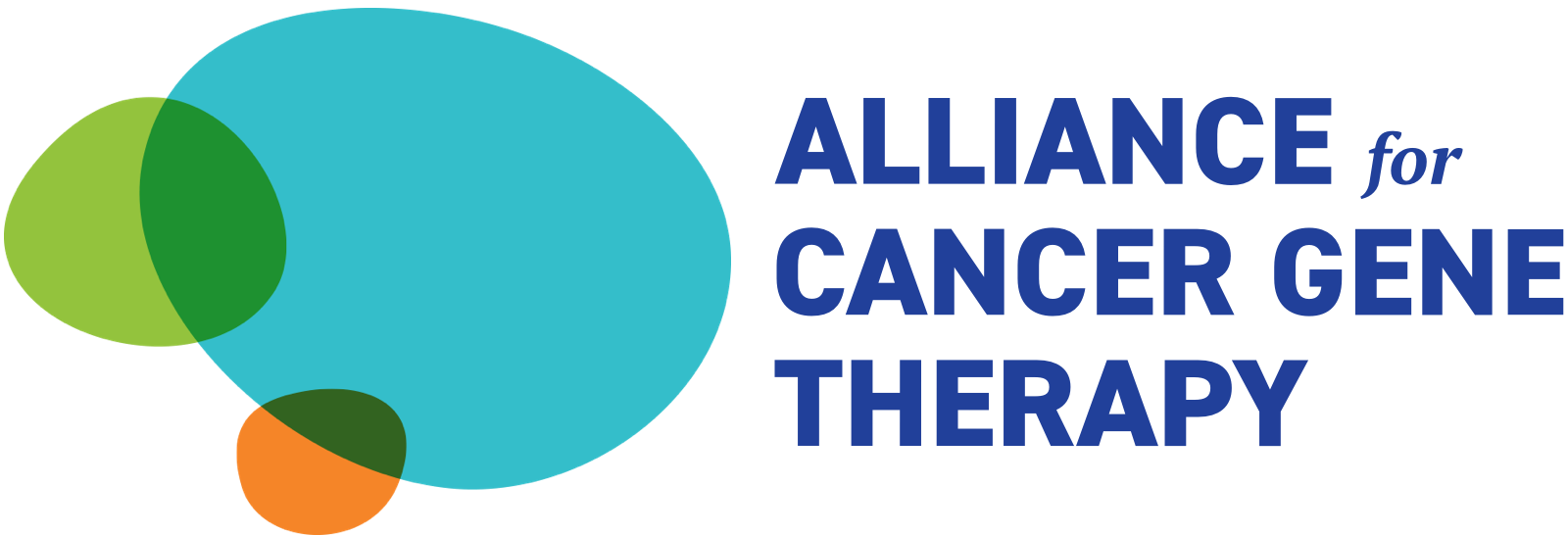The collaboration is based on the incredible progress of cell and gene therapies in other cancers and our mission to bring this same success to the most difficult to treat solid tumors – in the last 30 years GBM has seen few treatment advances and has a dire impact on patients’ lives. This coordinated and collaborative initiative is generating a never-before-available biological understanding of GBM. In addition, it will provide researchers with a nationwide clinical infrastructure and access to the largest patient tissue samples database, enabling research teams to make significant progress on multiple levels.
GBM is a powerful adversary with a microenvironment that potently limits the effectiveness of therapies that have shown progress in other cancers. No single approach, no one entity, no individual therapy has been able to successfully meet the complex challenges of GBM. With aggressive standard therapies, including surgical resection, radiation and chemotherapy, the median survival for patients with GBM is just 20 months. It is extremely difficult for treatments to successfully cross the blood-brain barrier and penetrate GBM tumors with enough volume to impact the disease and to sustain a therapeutic effect. In addition, GBM tumors are extremely heterogeneous – a treatment that works in one part of a tumor may not work in another or may even amplify the cancer.
“GBM is one of the most challenging of solid tumors from a treatment perspective. Cures are going to come by pushing the boundaries of technology, drug development, clinical trial design and breaking down silos that classically separate bioinformatics, technology, basic research and clinicians. PICI is committed to partner with others that understand that collaboration is the key to change,” says Samantha Bucktrout, senior director of research and development at PICI.
The goal is to harmonize research efforts, standardize reporting methodologies and use cutting-edge analytical tools to lay the groundwork for novel and combinatorial clinical trials across multiple institutions and research networks.
By integrating teams of the best researchers and enabling them to increase the quantity and quality of data generated through tissue analysis and clinical trials, all stakeholders could learn faster and learn more about what makes GBM such a complex killer in the quest to develop therapeutic strategies to bring patients new hope.
“When tackling hard-to-treat cancers like GBM, coordination and collaboration are critical to the success of any efforts to bring effective cell and gene therapies to patients with this disease. By tapping the expertise of the extensive clinical cancer immunotherapy networks created by the Cancer Research Institute and the Parker Institute for Cancer Immunotherapy, CRI and PICI, together with the Alliance, hope to accelerate discovery and development of improved immunotherapies to treat GBM,” said Jill O’Donnell-Tormey, PhD, CEO, and director of scientific affairs at CRI.
“This collaboration with PICI and CRI goes to the heart of the Alliance for Cancer Gene Therapy mission – addressing the toughest challenges in cancer research by enabling the best scientific minds to work together – advancing our understanding of glioblastoma and developing powerful cell and gene therapies that will significantly change the outlook for patients,” says Barbara Lavery, chief program officer at Alliance for Cancer Gene Therapy.
PROJECT UPDATE 2022
Through Alliance for Cancer Gene Therapy’s three-year investment, the program is starting to provide insights into what is happening within brain tumors such as: how immune cells like T cells, myeloid cells and macrophages are interacting with cancer cells; where they are within tumors; and if there are differences between these interactions for newly diagnosed patients, recurrent patients, adults and children.
The 562 tissue samples being studied are from children and adults and include samples of newly diagnosed and recurrent brain tumors and from patients who have received different types of therapies.
Using the most cutting-edge cellular analysis techniques the project is identifying patterns and providing new insights that will enable interpretation of the cancer biology and potentially be predictive of response or non-response to immunotherapy.
Donations to the Alliance will further enable collaboration on this important effort to bring the power of cell and gene therapy to patients with GBM – patients who may not see new treatment breakthroughs without this help.



